Optimal Timing for Office Painting Projects
Office paintings can significantly enhance workspace aesthetics and employee morale. Timing the painting project appropriately minimizes disruptions and ensures optimal results.
Spring offers mild weather conditions ideal for painting projects, reducing the risk of delays caused by extreme temperatures or precipitation.
Early summer can be suitable, especially in cooler regions, but precautions should be taken to avoid high temperatures that can affect paint drying.
Scheduling during less busy times, such as holiday seasons or fiscal year-end, minimizes workplace disruptions.
Late evenings or weekends are optimal for painting to prevent interference with daily operations.
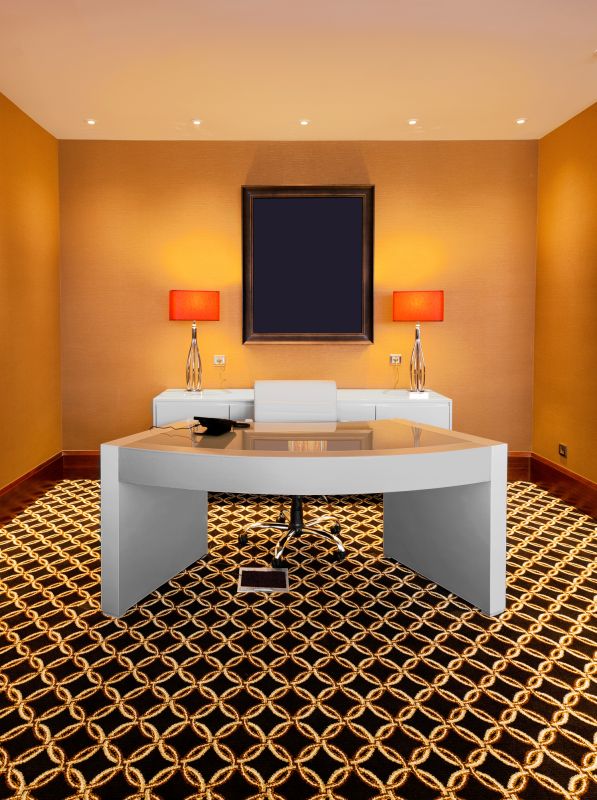
Ways to make Office Paintings work in tight or awkward layouts.

Popular materials for Office Paintings and why they hold up over time.

Simple add-ons that improve Office Paintings without blowing the budget.

High-end options that actually feel worth it for Office Paintings.
Office paintings are a strategic choice for businesses aiming to refresh their environment. Proper timing ensures minimal disruption and maximizes the visual impact of the new decor.
Statistics indicate that a well-timed painting project can reduce downtime by up to 30%, while enhancing employee productivity and satisfaction. Choosing the right season and schedule can also improve paint durability and finish quality.
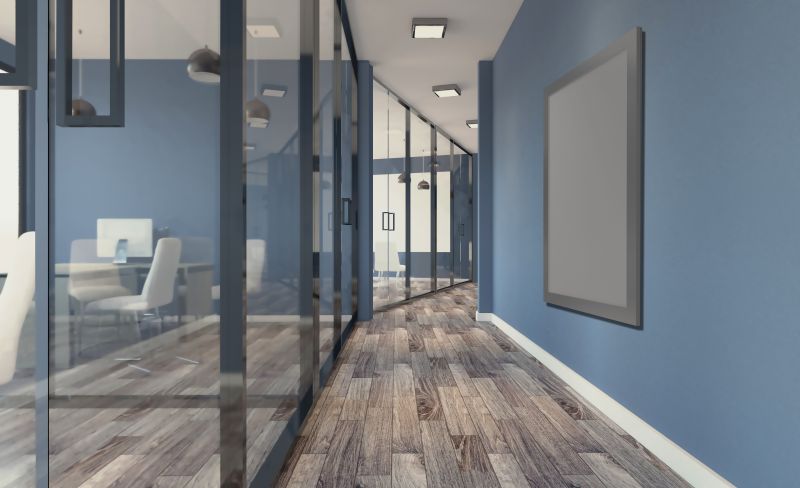
Finishes and colors that play nicely with Office Paintings.

Little measurements that prevent headaches on Office Paintings day.

A 60-second routine that keeps Office Paintings looking new.
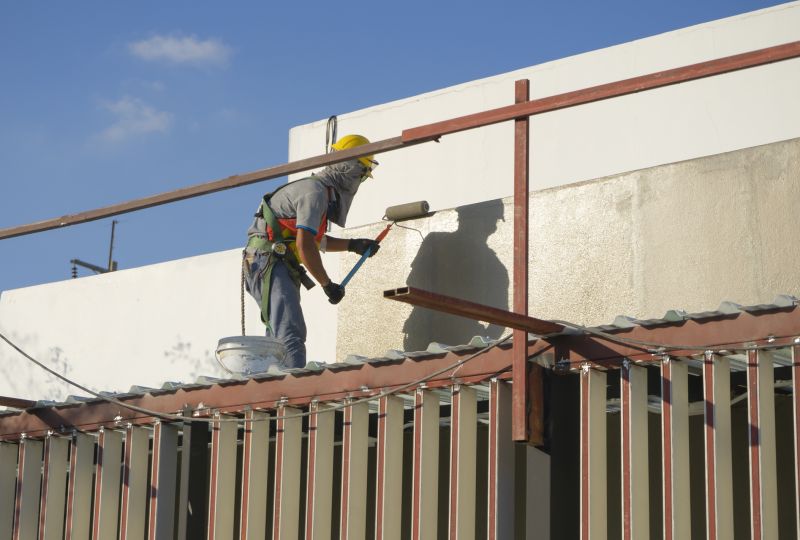
A frequent mistake in Office Paintings and how to dodge it.
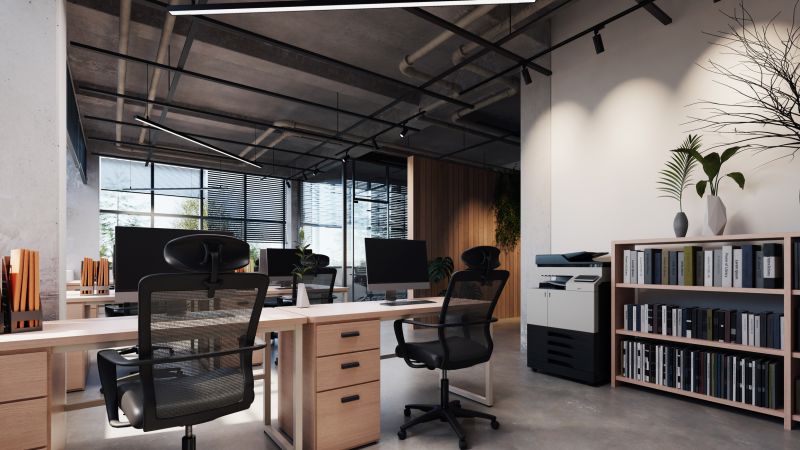
Small tweaks to make Office Paintings safer and easier to use.
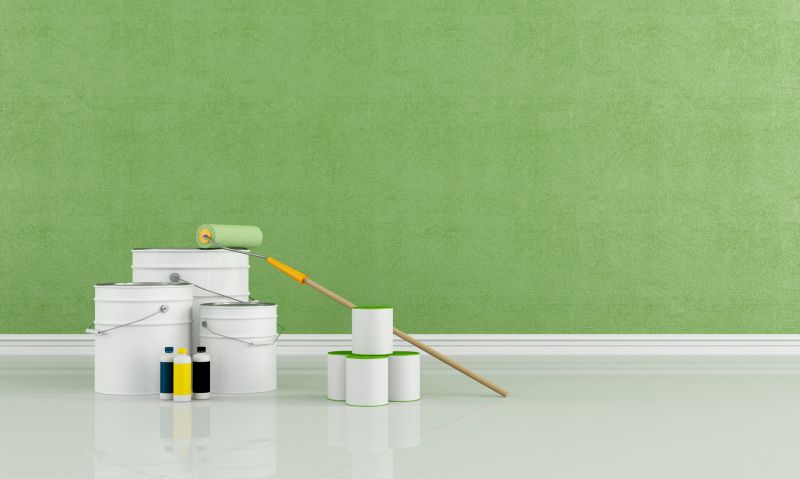
Lower-waste or water-saving choices for Office Paintings.

The short, realistic tool list for quality Office Paintings.
| Best Timing Factors | Details |
|---|---|
| Weather Conditions | Choose seasons with moderate temperatures and low humidity for best results. |
| Business Schedule | Plan around low-activity periods to reduce operational disruptions. |
| Project Size | Large projects benefit from off-peak scheduling, while small touch-ups can be done anytime. |
| Indoor Climate | Ensure proper ventilation and stable indoor conditions for optimal paint curing. |
| External Factors | Avoid rainy or extremely hot periods if outdoor painting is involved. |
| Lead Time | Allow sufficient time for preparation, painting, and drying before resuming regular activities. |
| Employee Availability | Coordinate with staff schedules to minimize interference. |
| Project Scope | Larger projects require longer planning and execution windows. |
